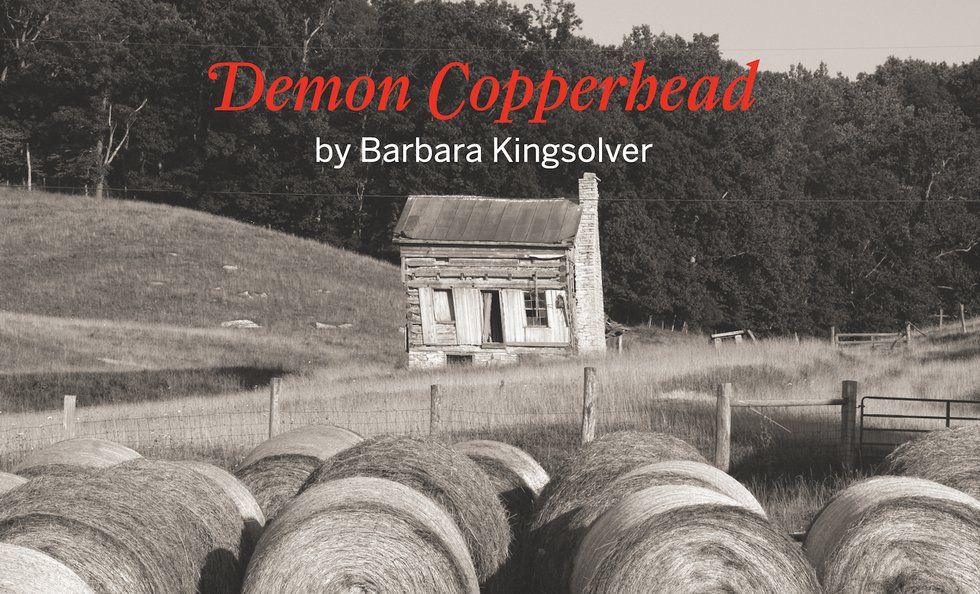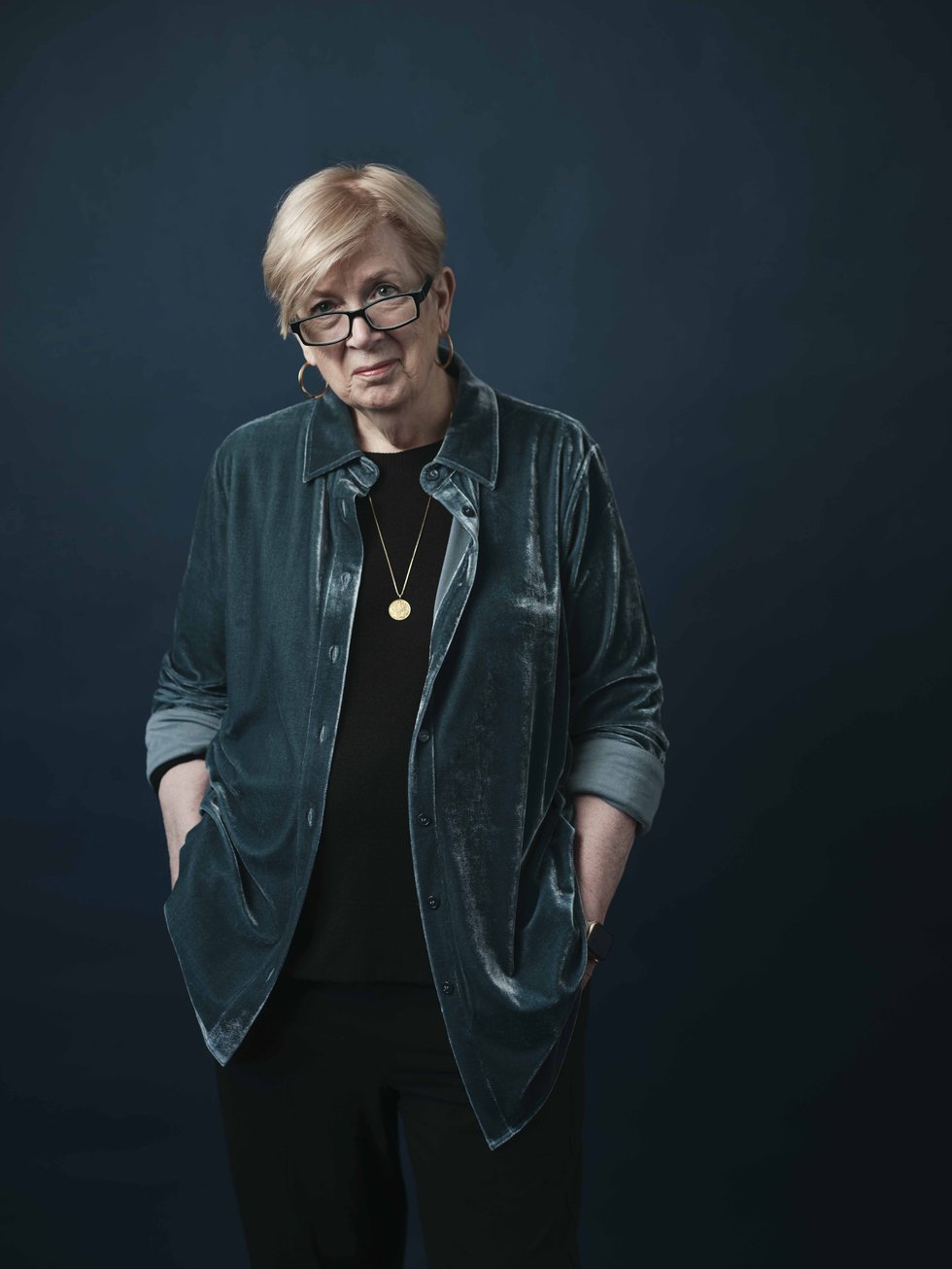I’d been reading about how regular doses of healthy stress—think cold showers, sauna baths, wind sprints, roller coaster rides, or blind dates (so I’ve heard)— promote longevity. As I wondered what sort of healthy stress might be healthiest for me, the word “typewriter” clacked to mind.
An old-school typewriter would provide reams of healthy stress: no delete key, no easy way to fix typos, no cut and paste except with a pair of scissors. And if it were a manual model, why that might extend my life a decade.
I dove down an internet rabbit hole of Remington, Royal, Smith Corona, Olivetti, and Underwood typewriters for sale. And like a Formula 1 driver hitting a straightaway, I shifted from piqued curiosity to peak I must have one!
Now, I have a typewriter problem. I have too many. And I want more.

Manual typewriters have become a retro rage, their unpretentious technology hip. The rarest can go for serious money. A working 1872 Hansen Writing Ball, the world’s first typewriter, sold for $123,000 in 2014. But you, dear reader, can get into typewriter collecting for a pittance. And join hipster type-ins at coffee shops recreating the clattering din of bygone office typing pools. Old typewriters don’t die. They just hide in attics awaiting fresh ribbons.
To decide what make to get, I consulted preeminent typewriter collector Tom Hanks. (Thanks, YouTube!) Tom’s expert advice: They’re all pretty good, just get one. My first was an Olivetti Lettera 35 from an online seller. Days passed. A week. Had it been shipped by tramp steamer? Not good at delayed gratification, I hit a thrift shop and scored a Smith Corona Sterling. It’s a 1951 American classic built like a Sherman tank, only heavier. Then I spied an Olivetti Lettera 32 at an estate sale. I often splurge on high-end Italian brands (e.g., Nutella, Barilla), but buy a second Olivetti before my first arrived? Yes, indeed. And like that, I became a collector of typewriters. Sort of by accident, really.
How does a single object of desire turn a person into a rabid collector? The answer is as individual as, well, the individual. There are accountants who covet old hand-crank adding machines, farmers who get misty-eyed over ancient tractors, even handwriting nerds obsessed with vintage fountain pens. (I stopped at six.) Some collectors are investors. Most are drawn simply to an object’s aesthetics or its era—or to an inescapable something that grabs them.
A manual typewriter affords a more physical connection with the words on the page. This is no tippy-tap laptop keyboard. You have to hit these keys hard, which I learned when my pinky-punched letters looked like 12-point Disappearing Courier. Oh, but the sounds! From the polite ding of the margin bell, to the zing of the carriage return, to the thwacks of keys striking paper, it was staccato poetry. Smudgy typos? Pfft! They were artisan tool marks that added character to pages that already looked like a film noir ransom note. It all got me wondering: Had any well-known Virginia writers been lured back to the tactile charms of a manual typewriter? I reached out.
Barbara Kingsolver, who requests contact by snail mail, responded to my perfectly-typed letter (sixth try, 25 percent cotton fiber stationery) with “I stopped using a typewriter the minute I was able to afford a 60-pound Kaypro portable computer.”
David L. Robbins emailed a more thoughtful response: “I’m guessing the convention is an artificiality to slow the author down. I applaud that.” I took a virtual bow. When I type too fast on my Italian-made Lettera 32, its keys jam as if scolding “Adagio, Giorgio! Adagio!”
David Baldacci, Dean King, Jan Karon, and John Grisham all answered no. I was losing hope when Adriana Trigiani’s office sent a glimmer: “Adriana owns a 1962 Olivetti typewriter … she uses [it] to type poignant quotes from her novels.” Trigiani autographs these snippets and sells them online. This was at least something.
Sharyn McCrumb’s reply took the—I can’t resist—crumb cake. When an editor gave her a mere weekend to finish a manuscript, McCrumb ditched her typewriter for good. She added, “You can’t play solitaire while you think on a typewriter.”
While Sharyn avoids the positive frustration of a manual typewriter, I like the distraction-free focus it affords. Three of them are enough for this budding collector. I might jump on a deal for a Hermès Baby or Rocket. But I’m not looking online today. Really, I’m not.
George Tisdale is a freelance writer and artist living in Richmond. He wanted to submit this essay in typewritten form on linen paper. His editor politely declined. (Typewriter illustrator James Cook, however, was granted this creative liberty.)









